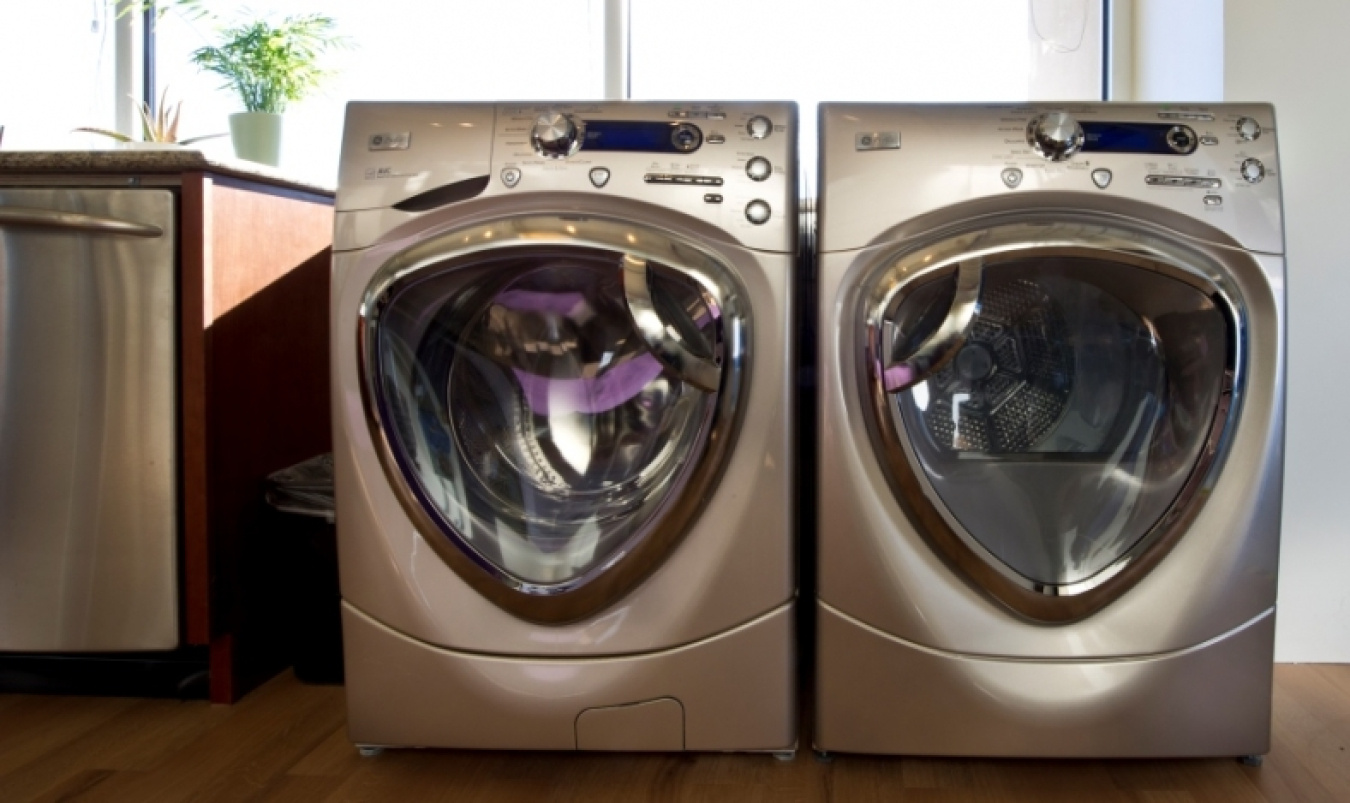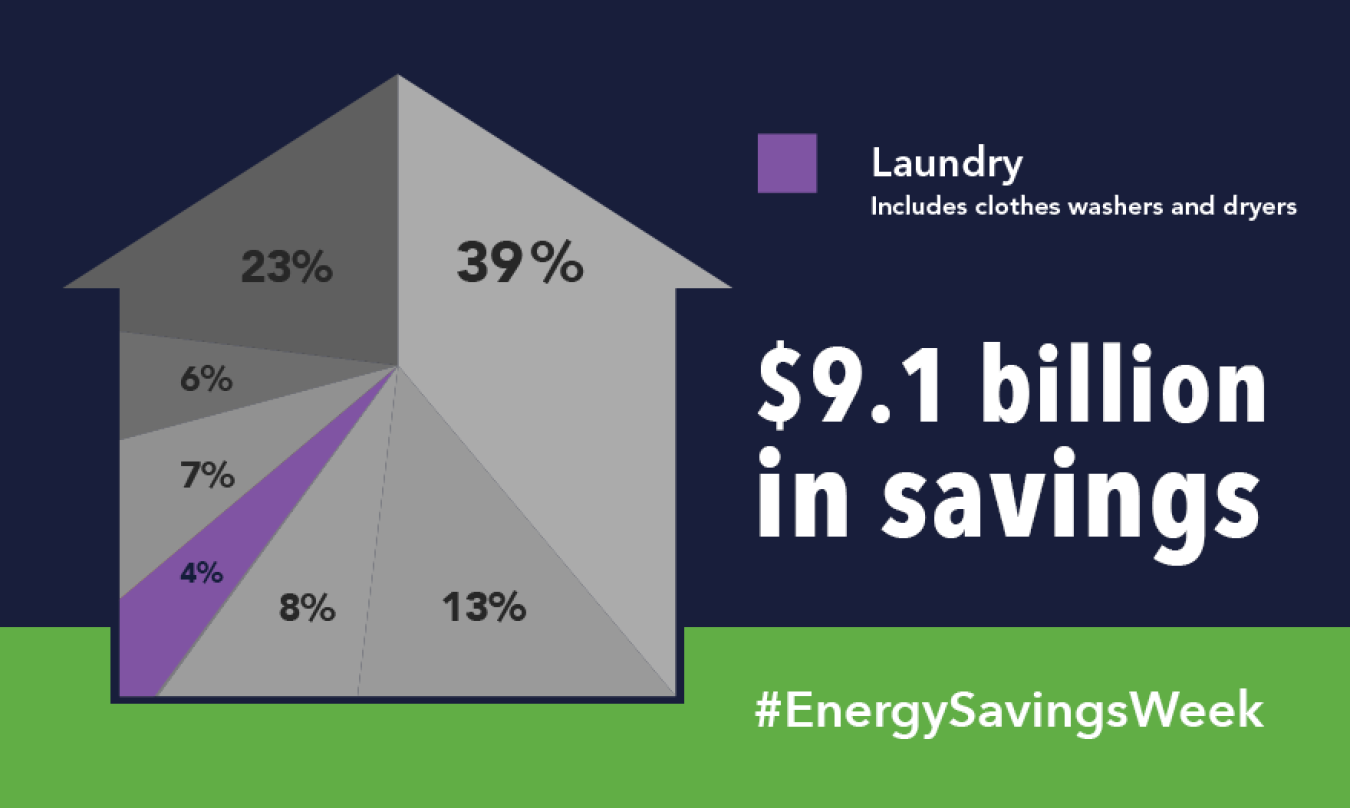

Two things are constant every winter in my house: more dishes and more laundry. Combine those big holiday meals with a never-ending piles of snow-covered pants and jackets needing to be washed, and you might worry the utility bill will climb faster than the snow totals.
The Energy Department’s efficiency standards help ensure your clothes washer and dishwasher—along with your refrigerator and many other appliances used almost every day—meet a minimum level of efficiency, which translates to big savings on your utility bill, month after month. As manufacturers develop more advanced technologies, the Department updates these standards to help consumers keep saving money.
For example, today’s washing machines use about 70% less energy than they did in 1990. Over its lifetime, a new clothes washer will save you $350 on average, while also leaving less wear and tear on your clothes. ENERGY STAR clothes washers use even less energy to wash clothes than standard machines.
Those are only savings from one appliance. New dishwashers use 40% less energy than they did 25 years ago; new refrigerators use a quarter of the energy they used in 1973, while offering 20% more storage capacity and being sold at half the price. In fact, refrigerators made in 2014 onward will save the U.S. roughly $100 million by 2043, thanks to the standards established last summer.
Appliance standards in place today save U.S. households more than $300 annually on their energy bill. With savings like that, just think of gifts you can get friends and family for the holidays!
Check out our EnergySaver page for tips on saving energy in the kitchen and with your laundry.
